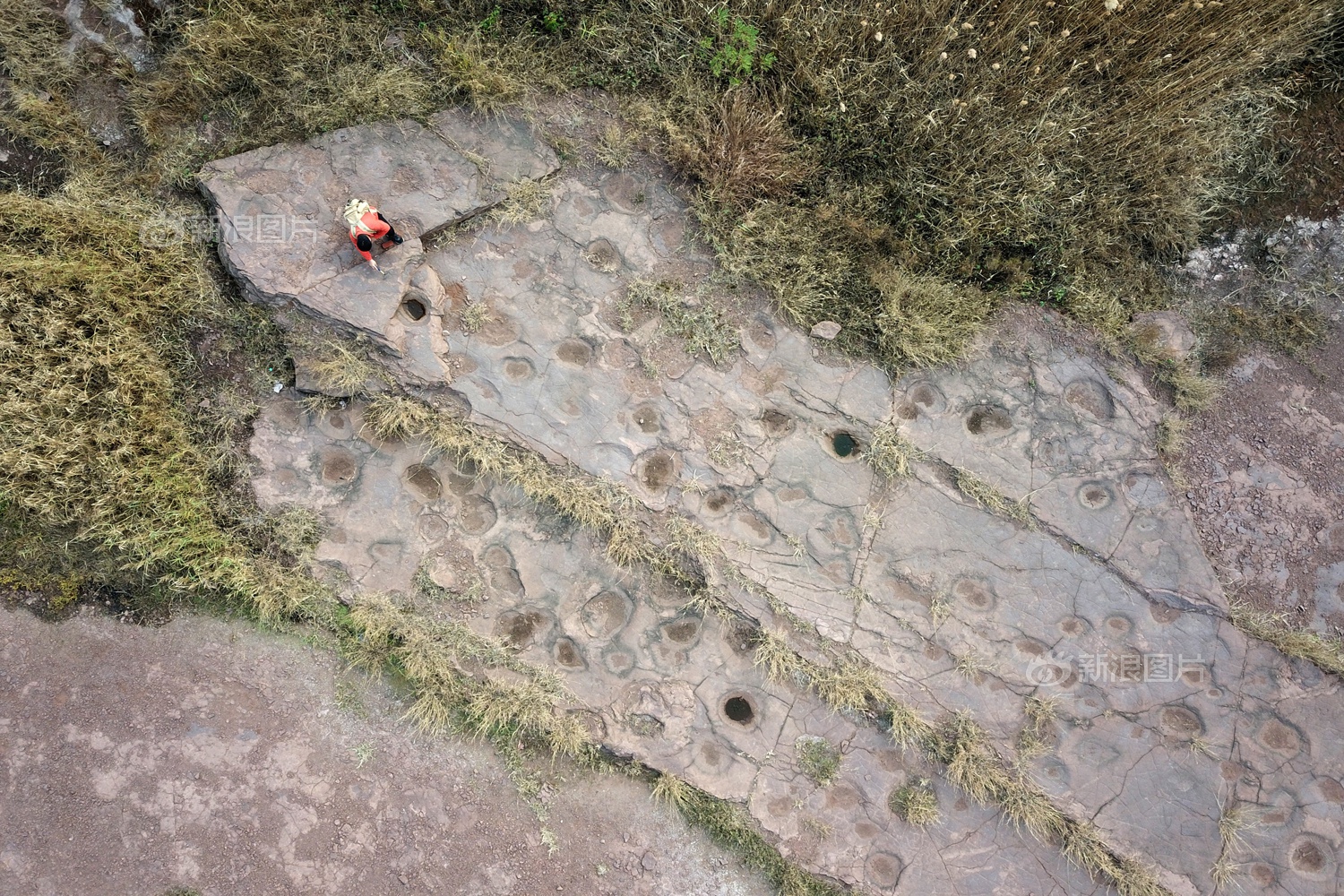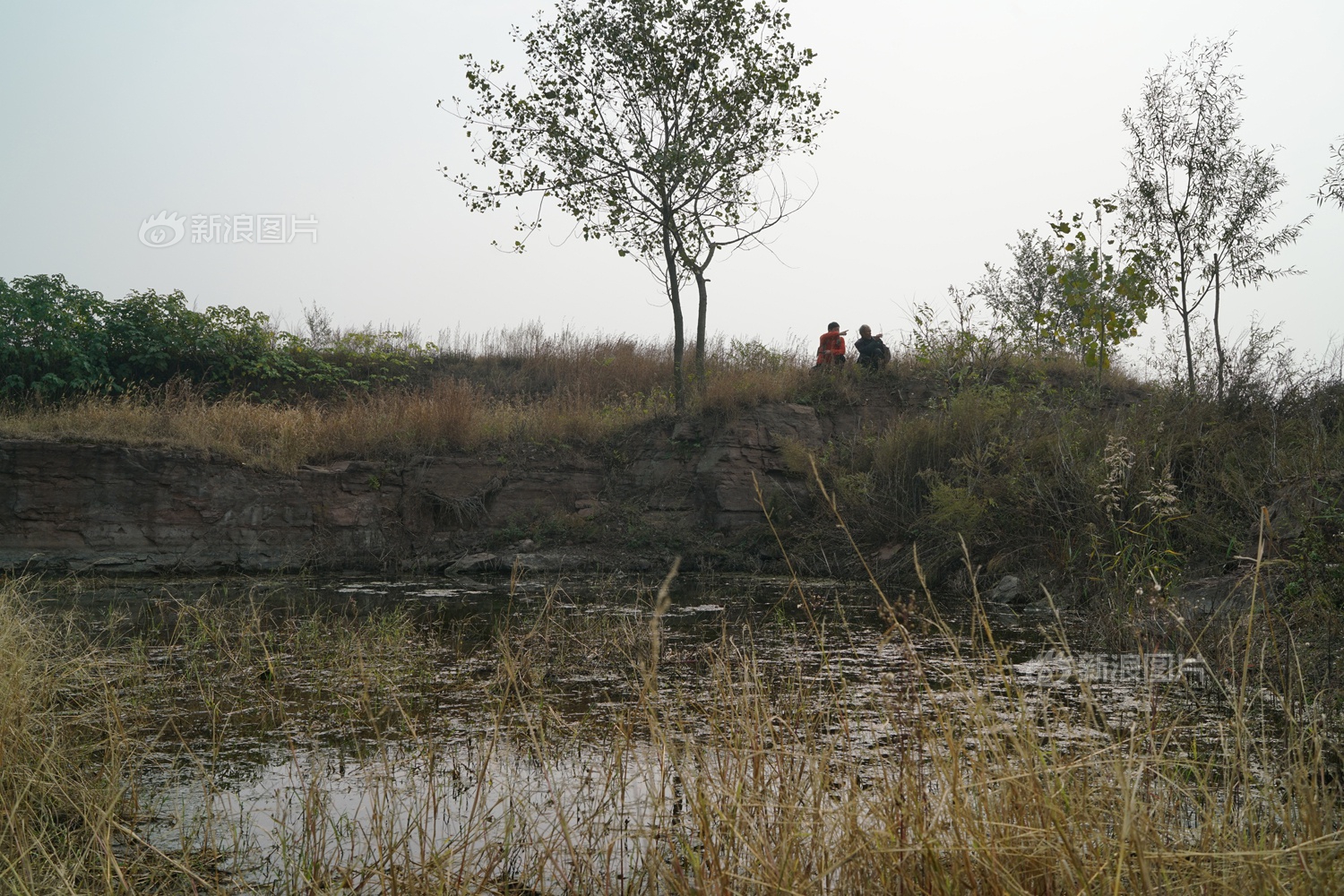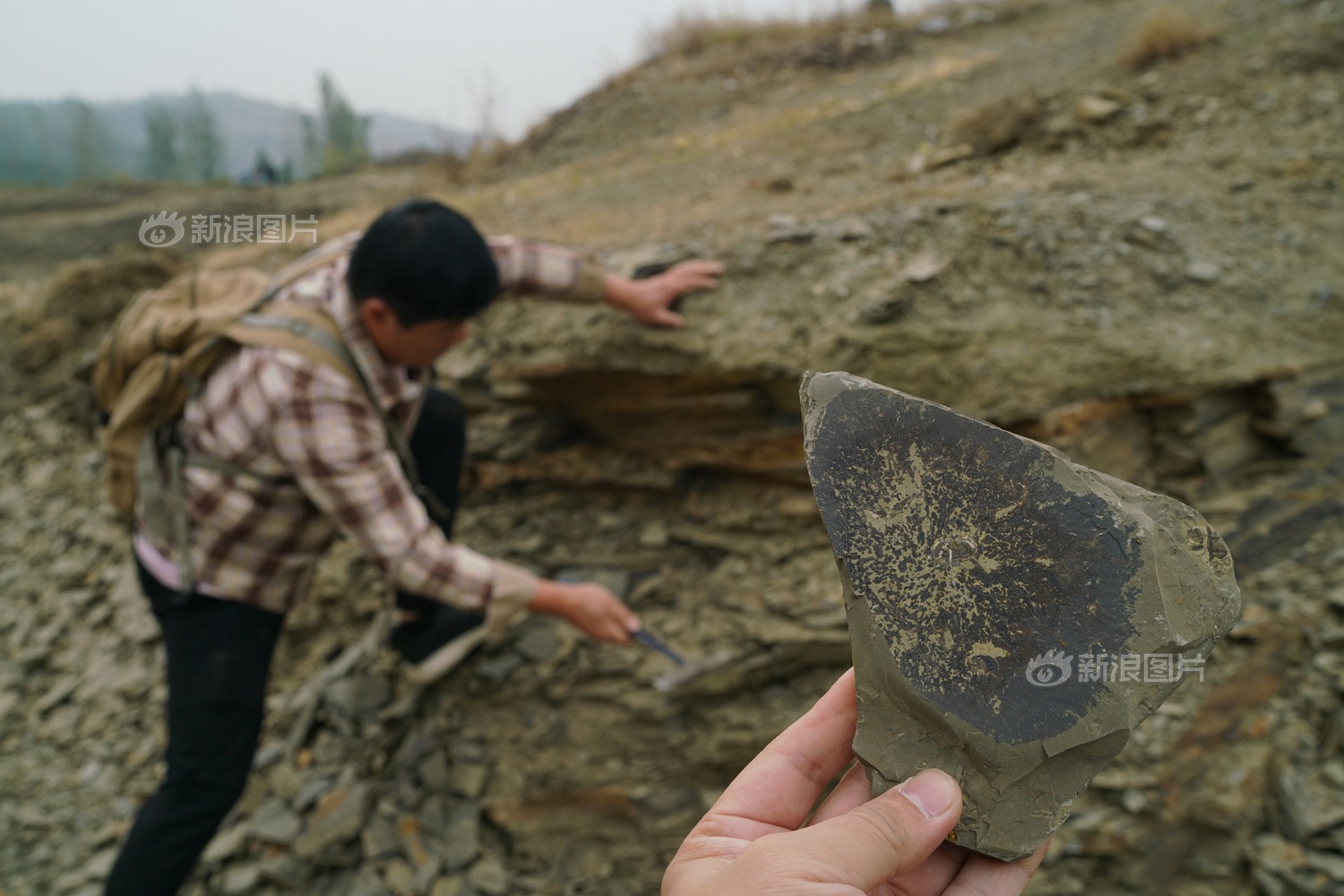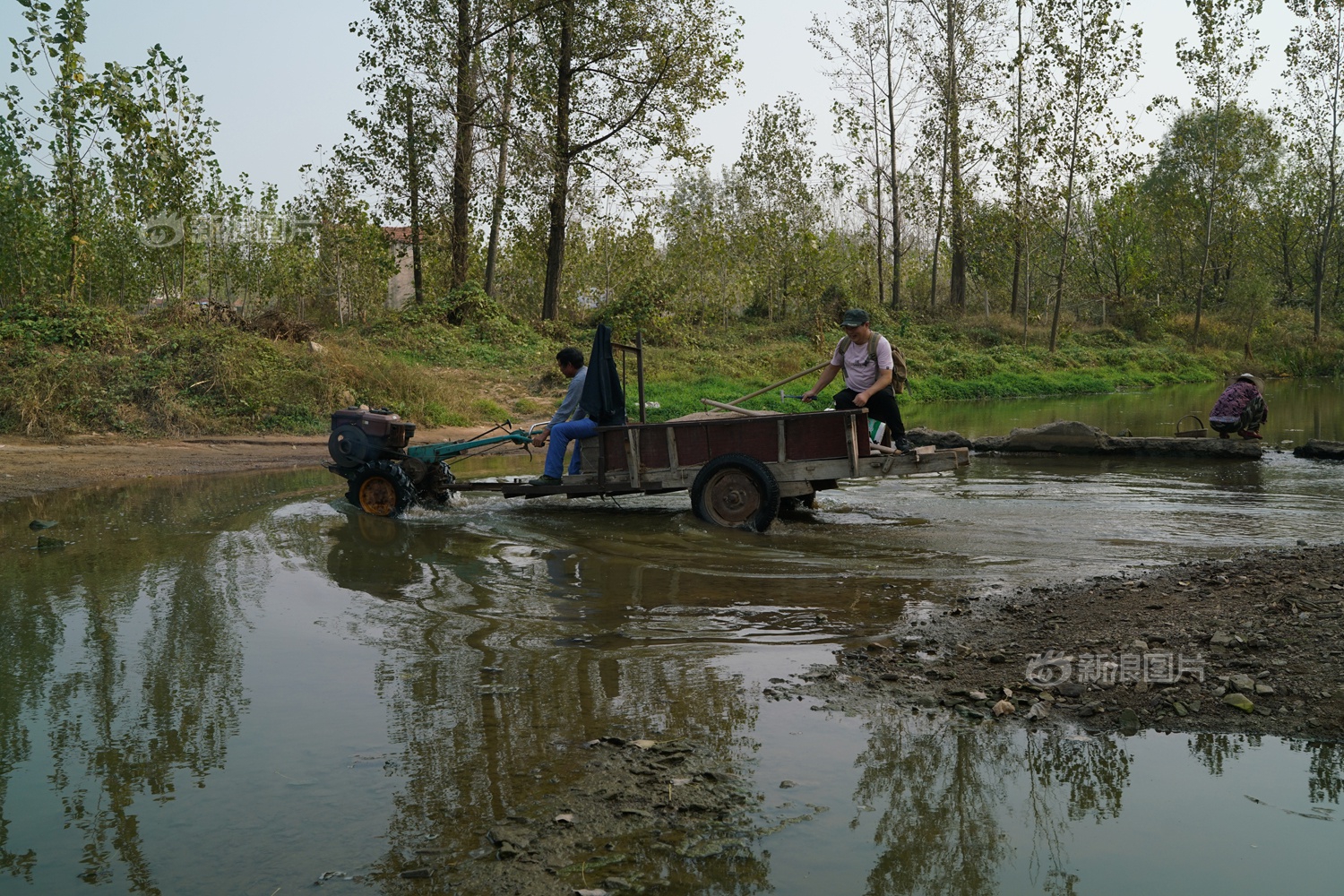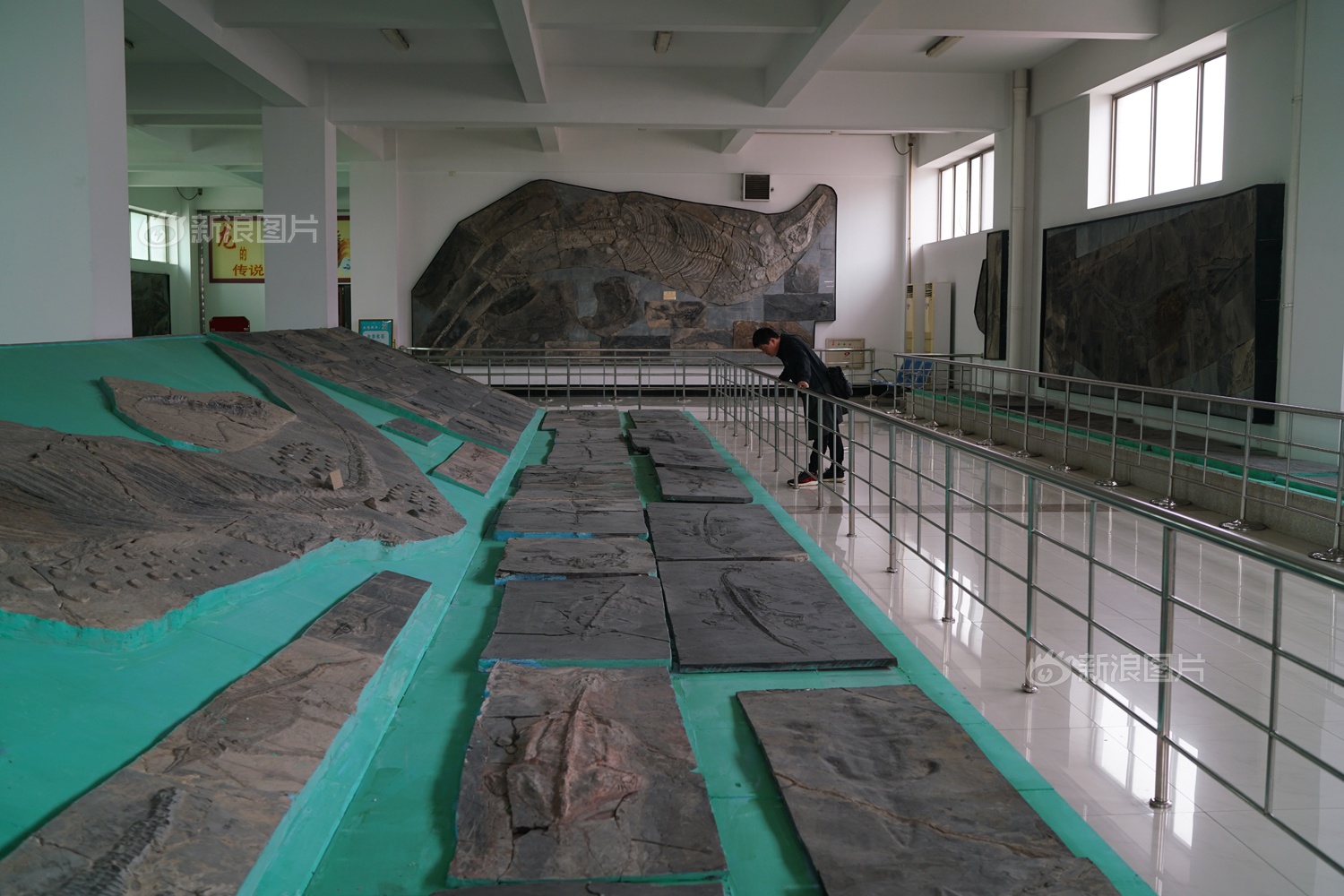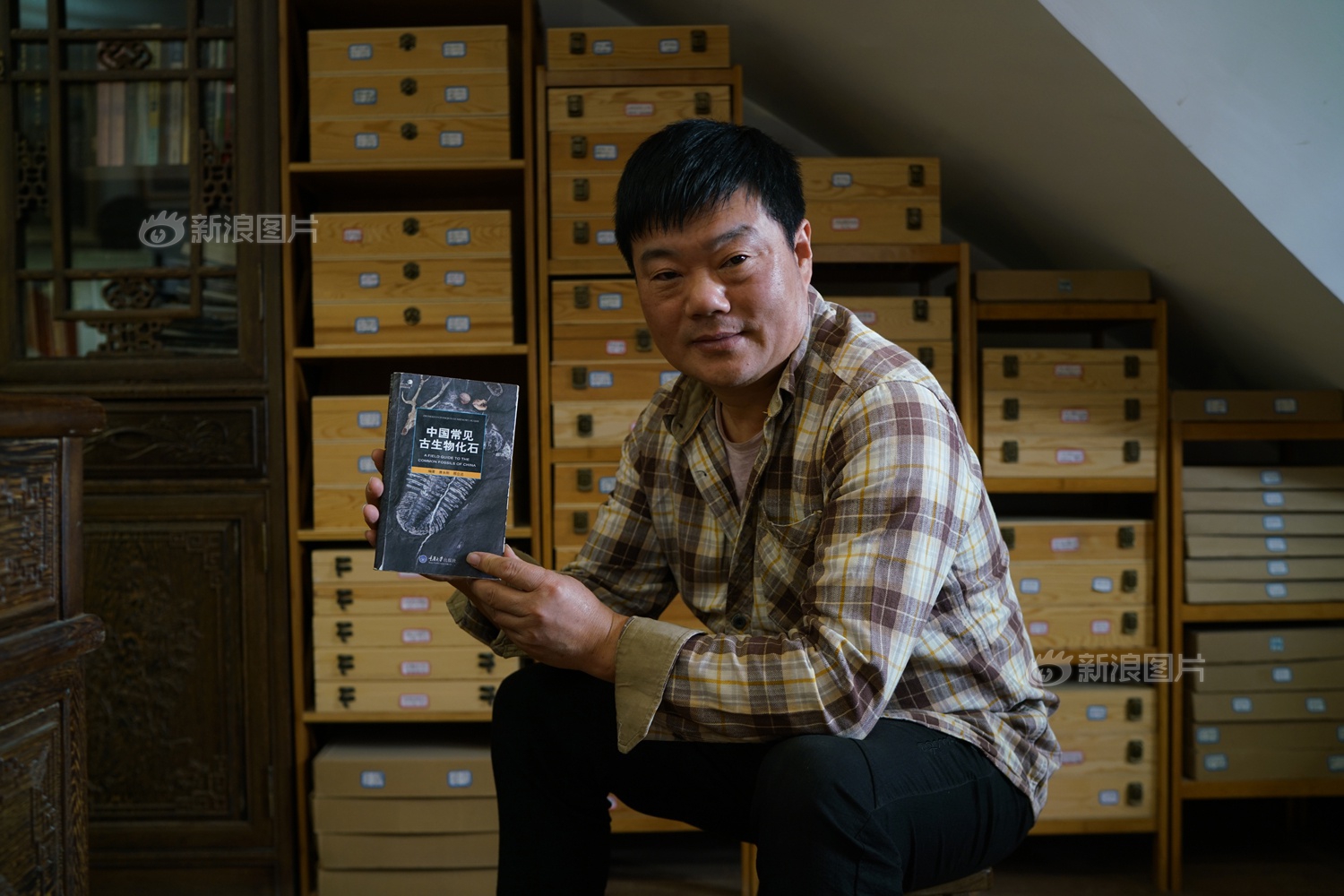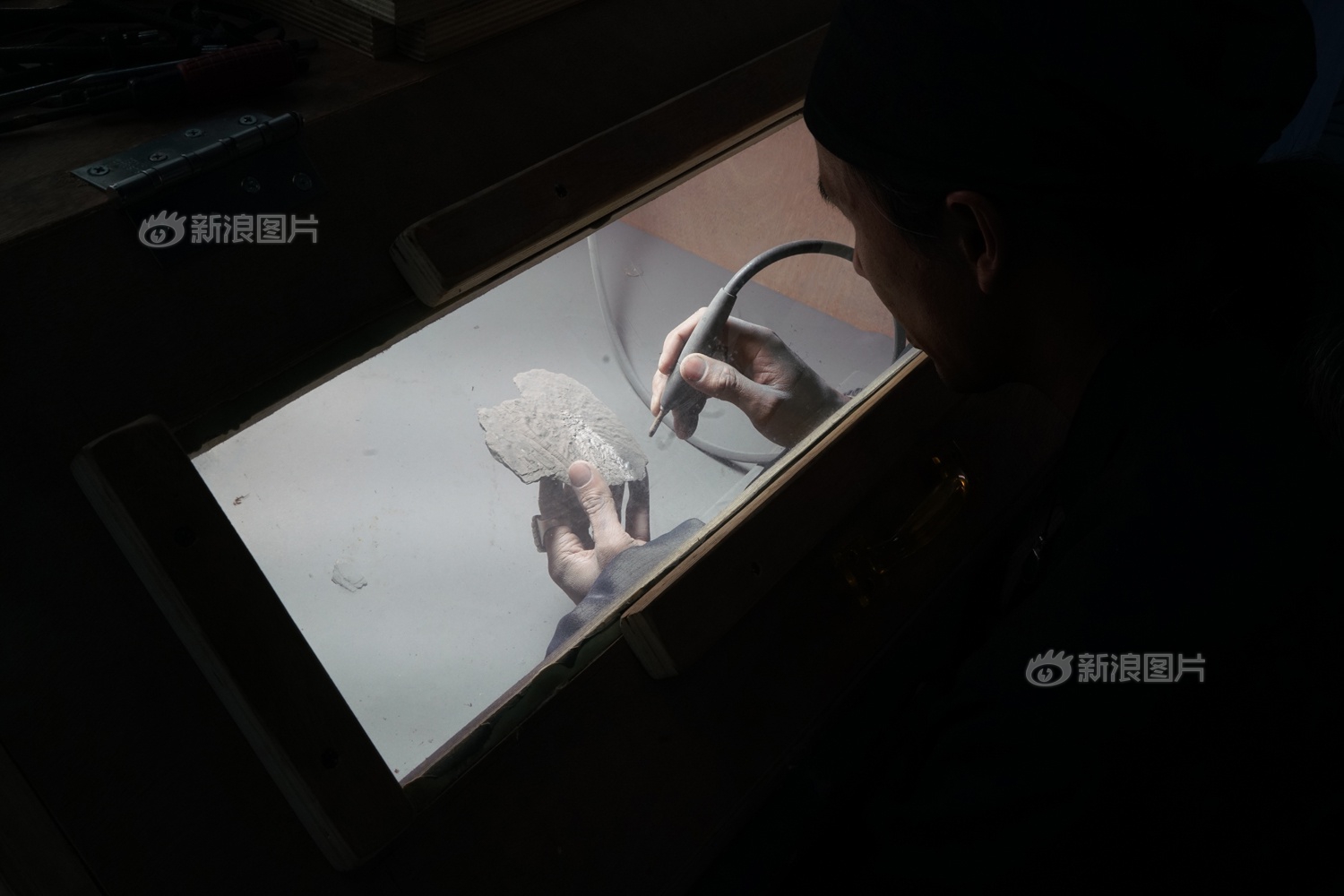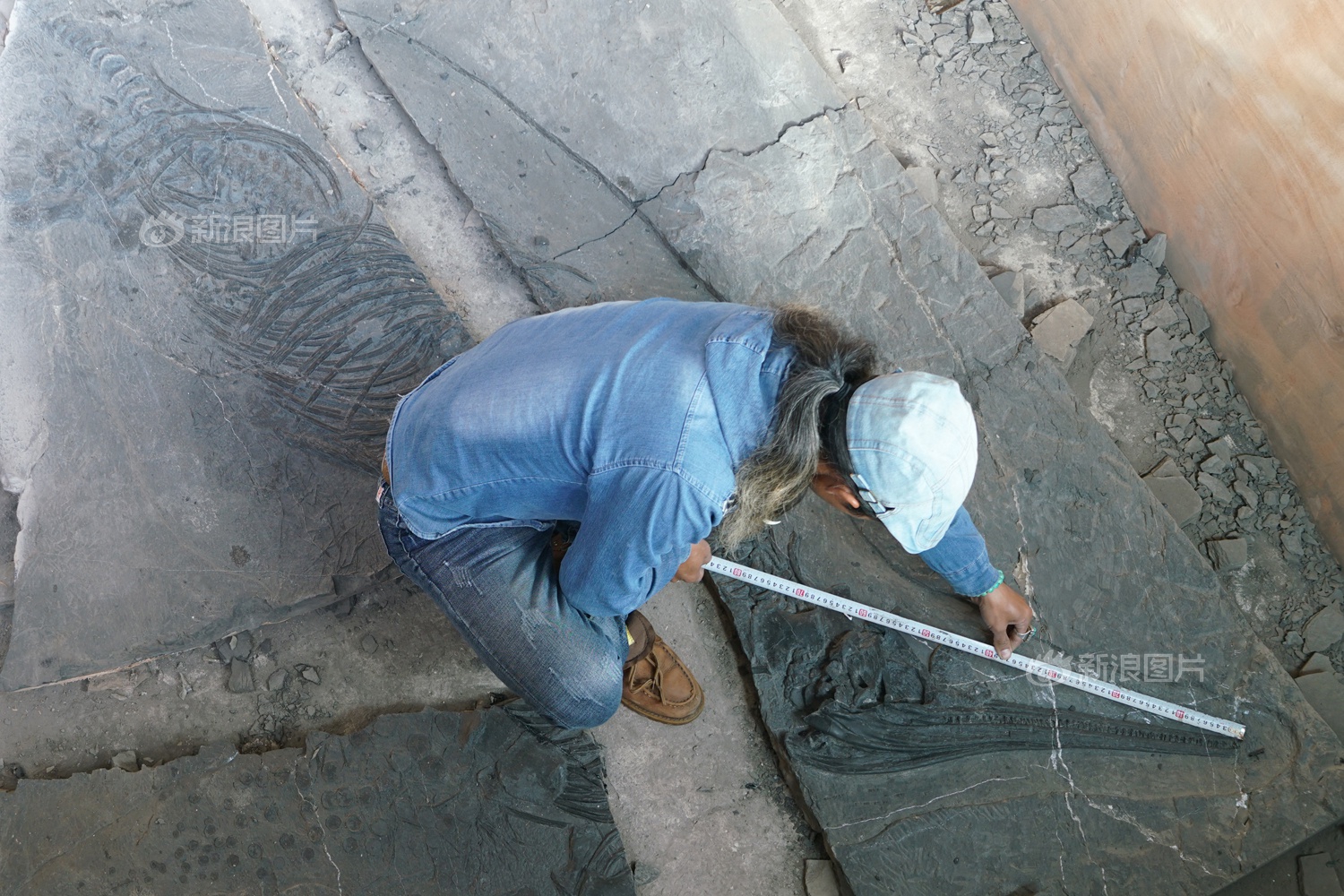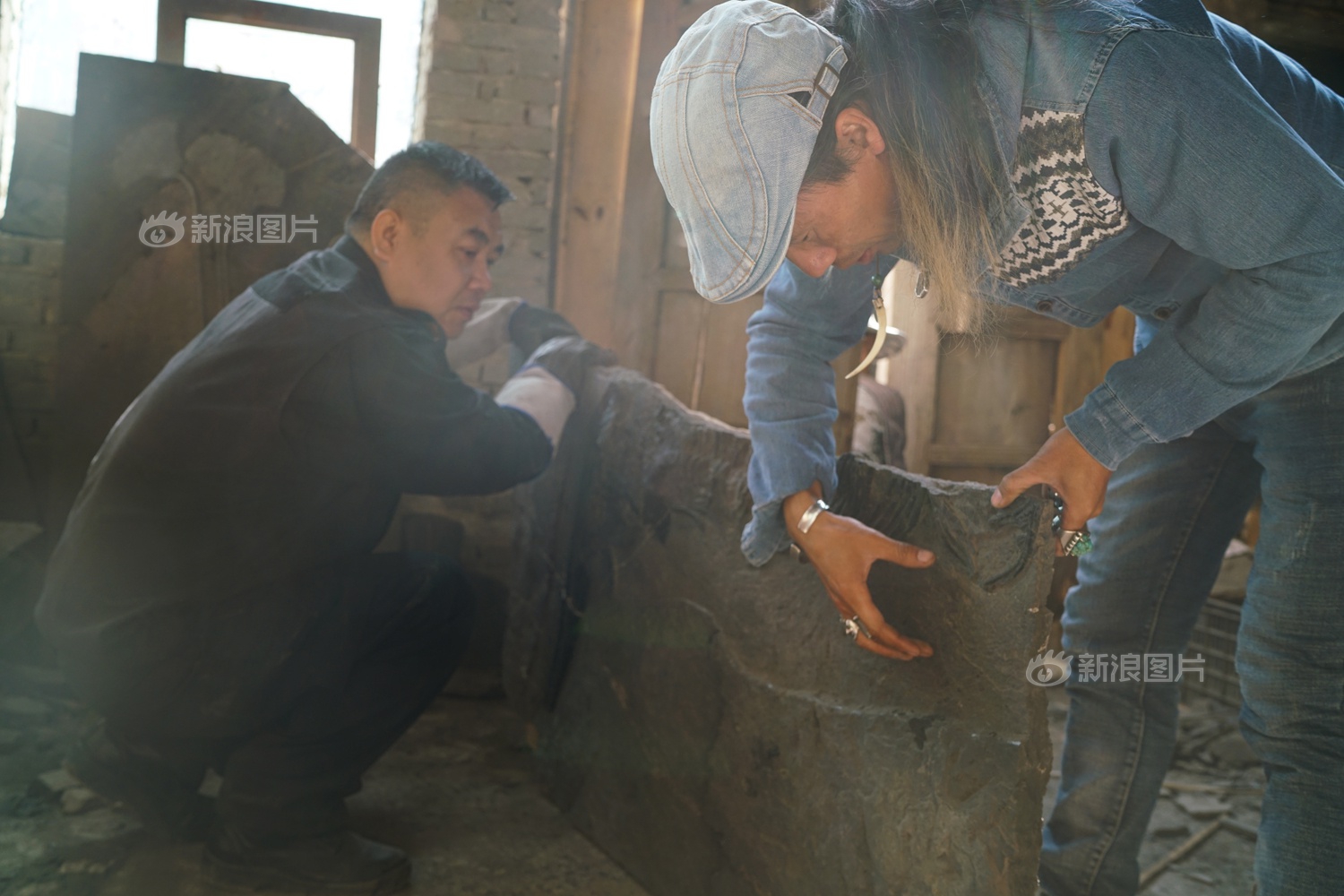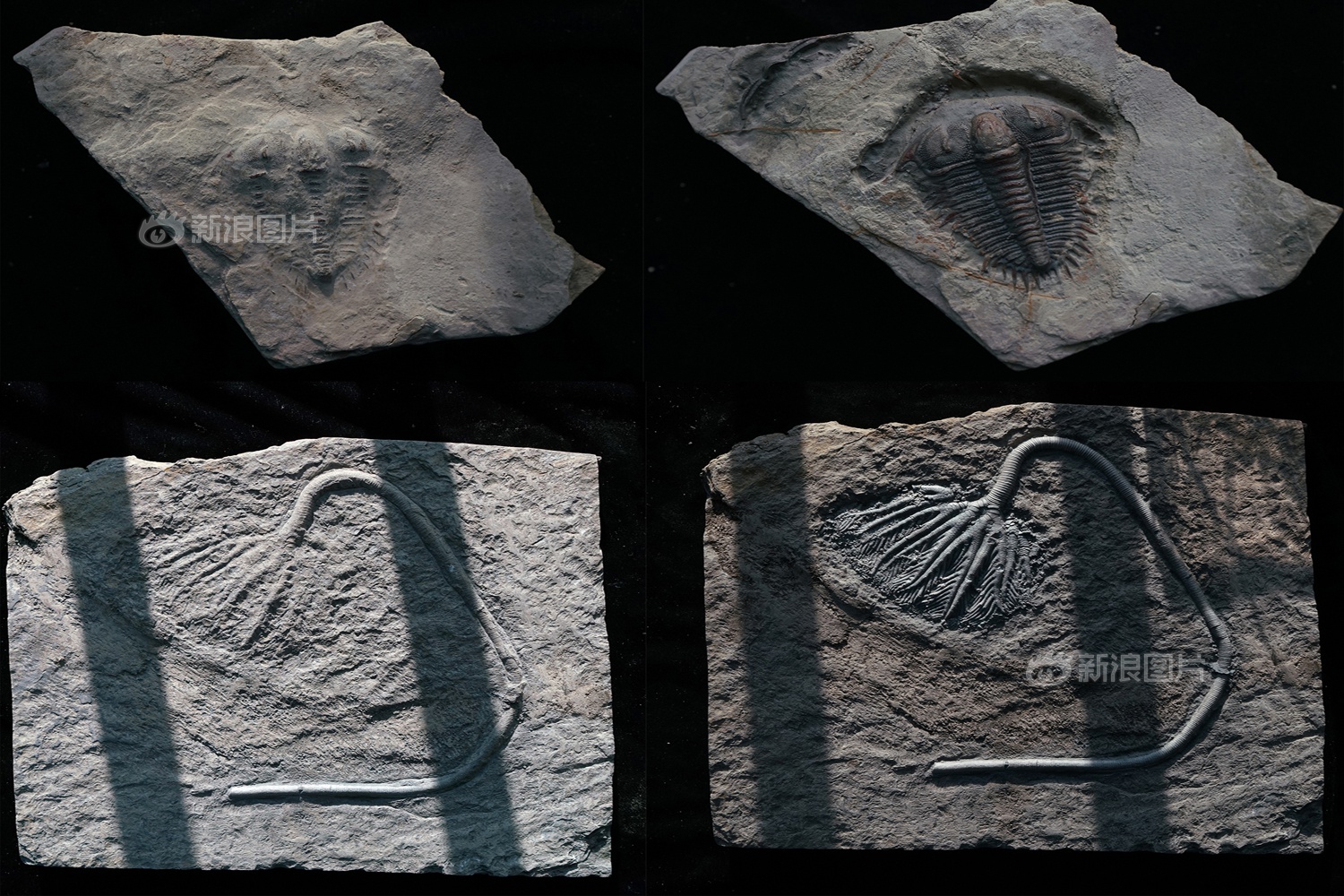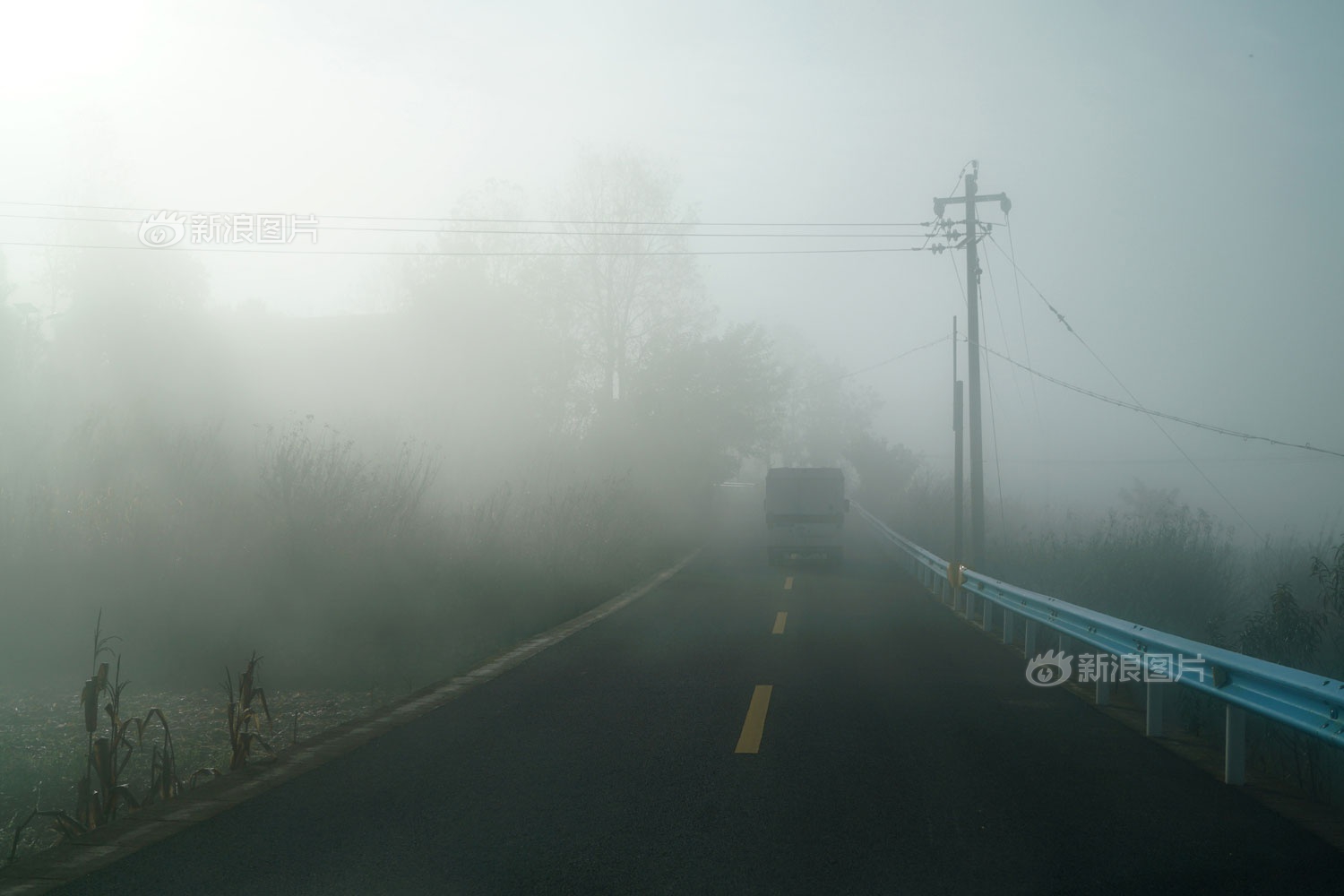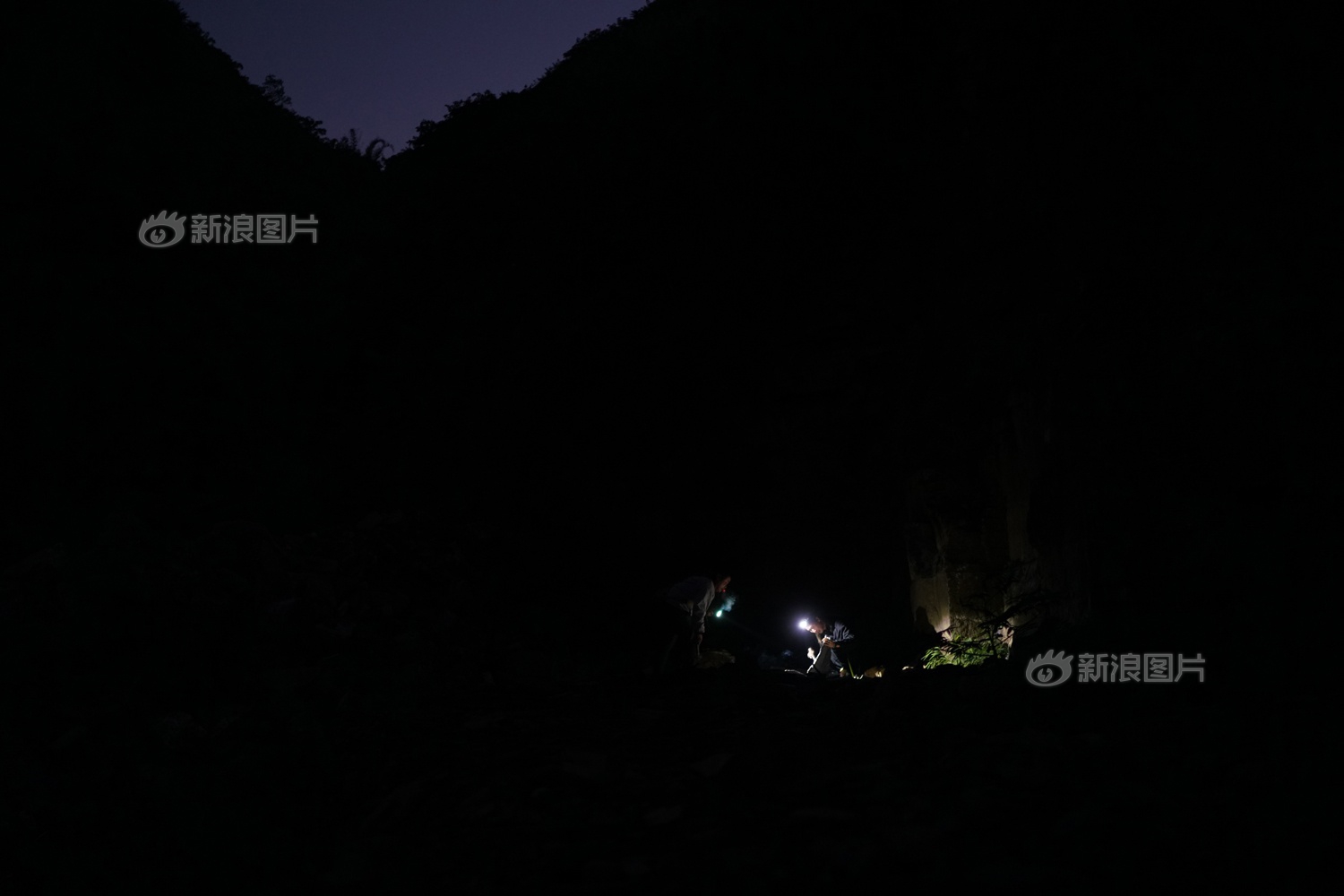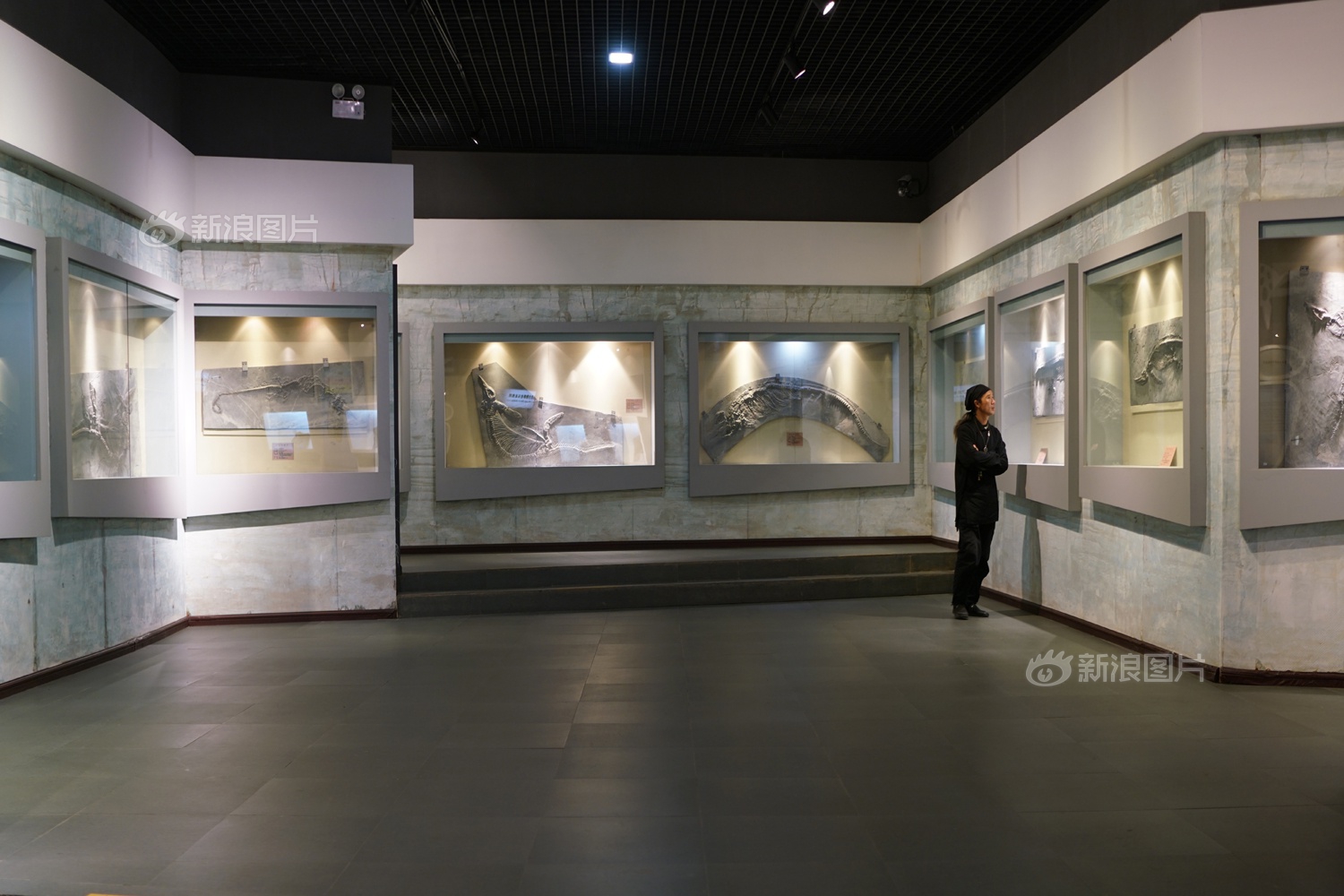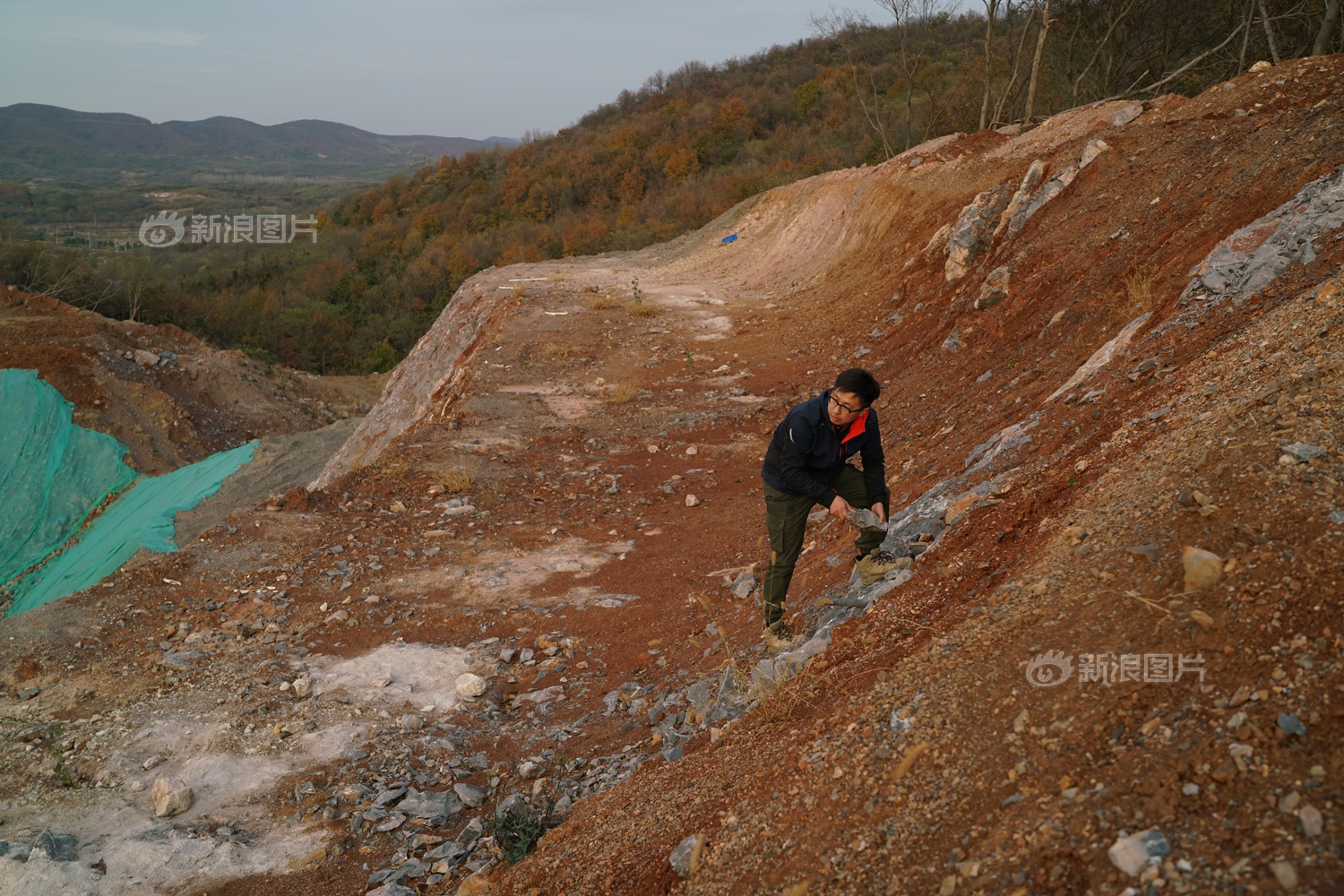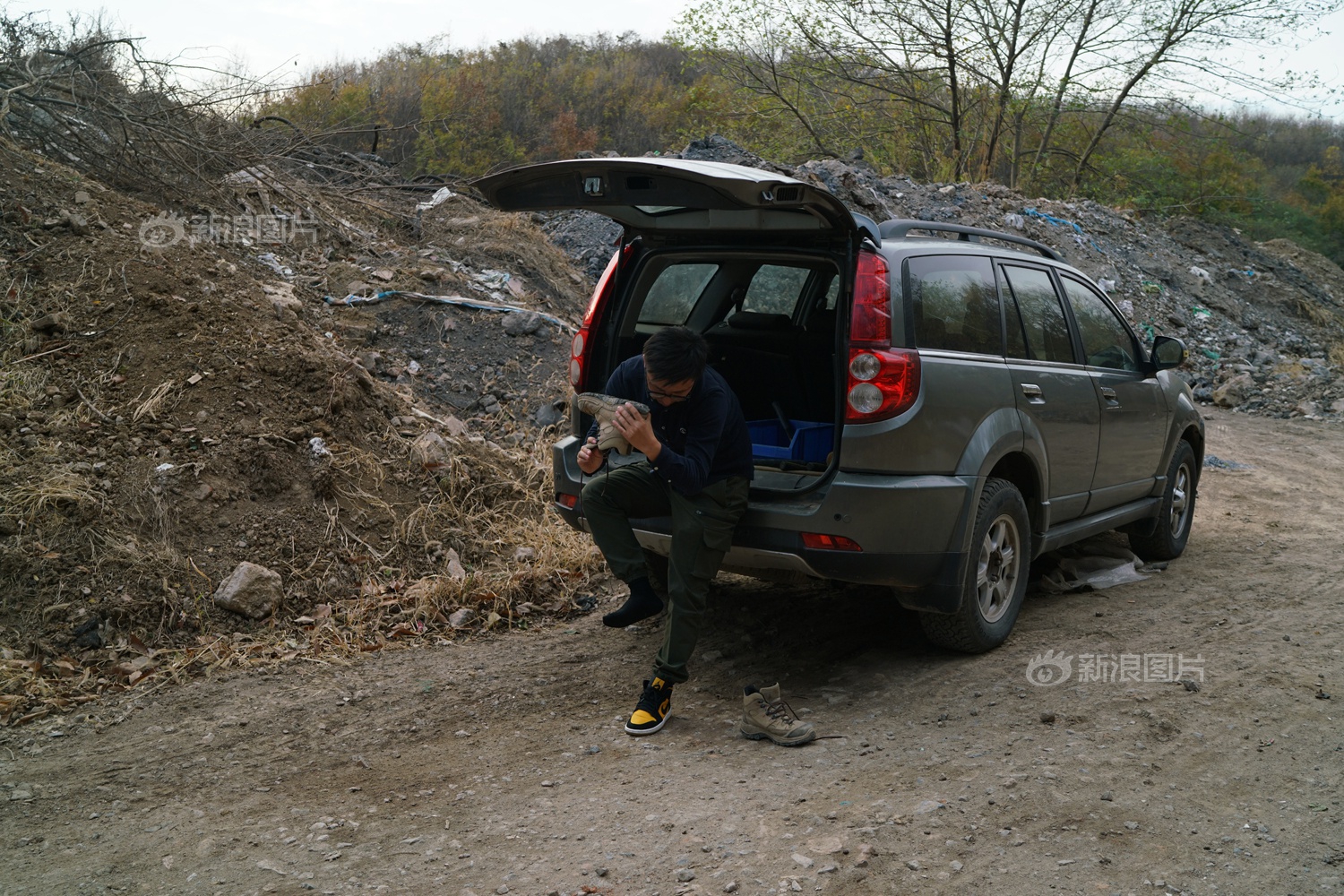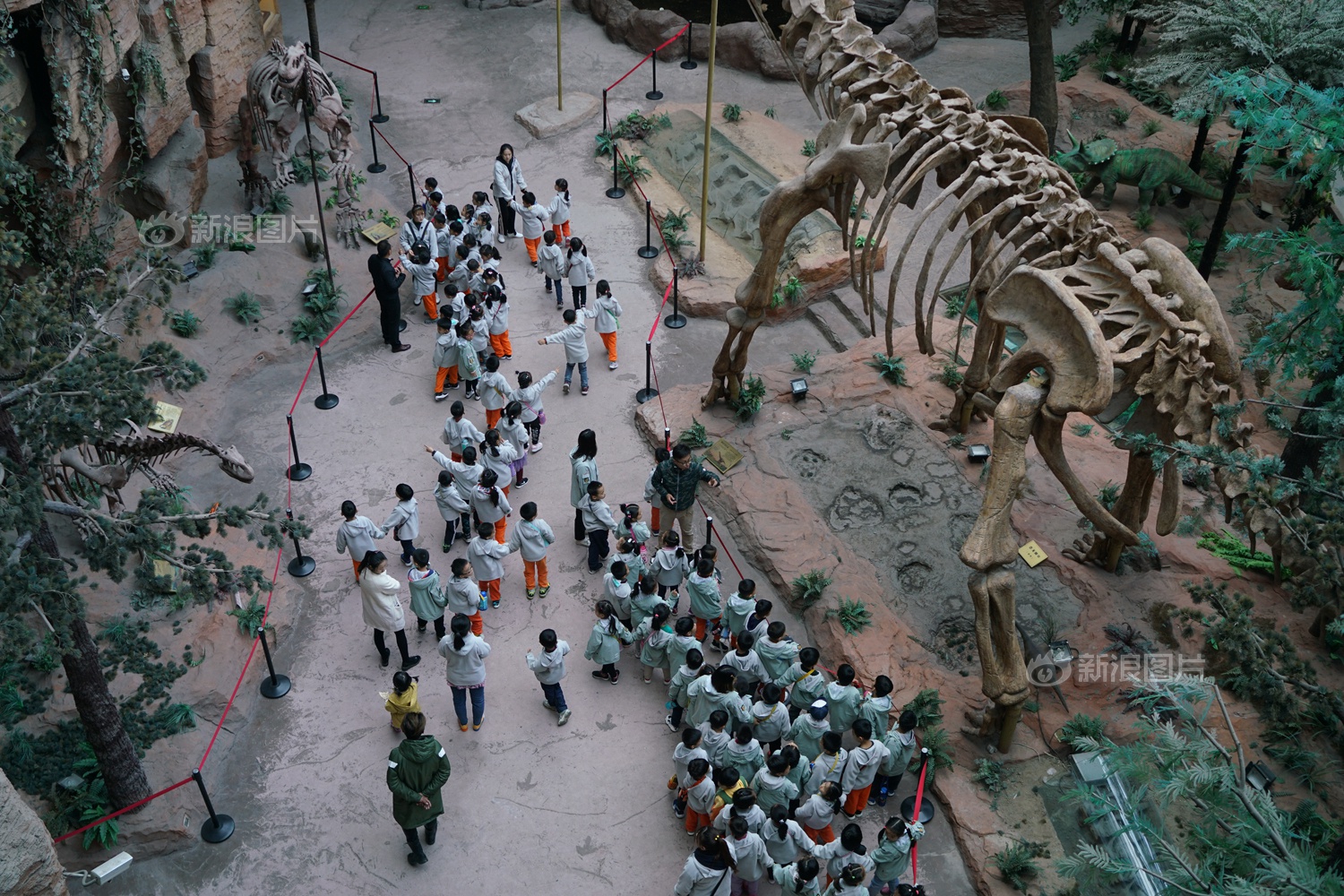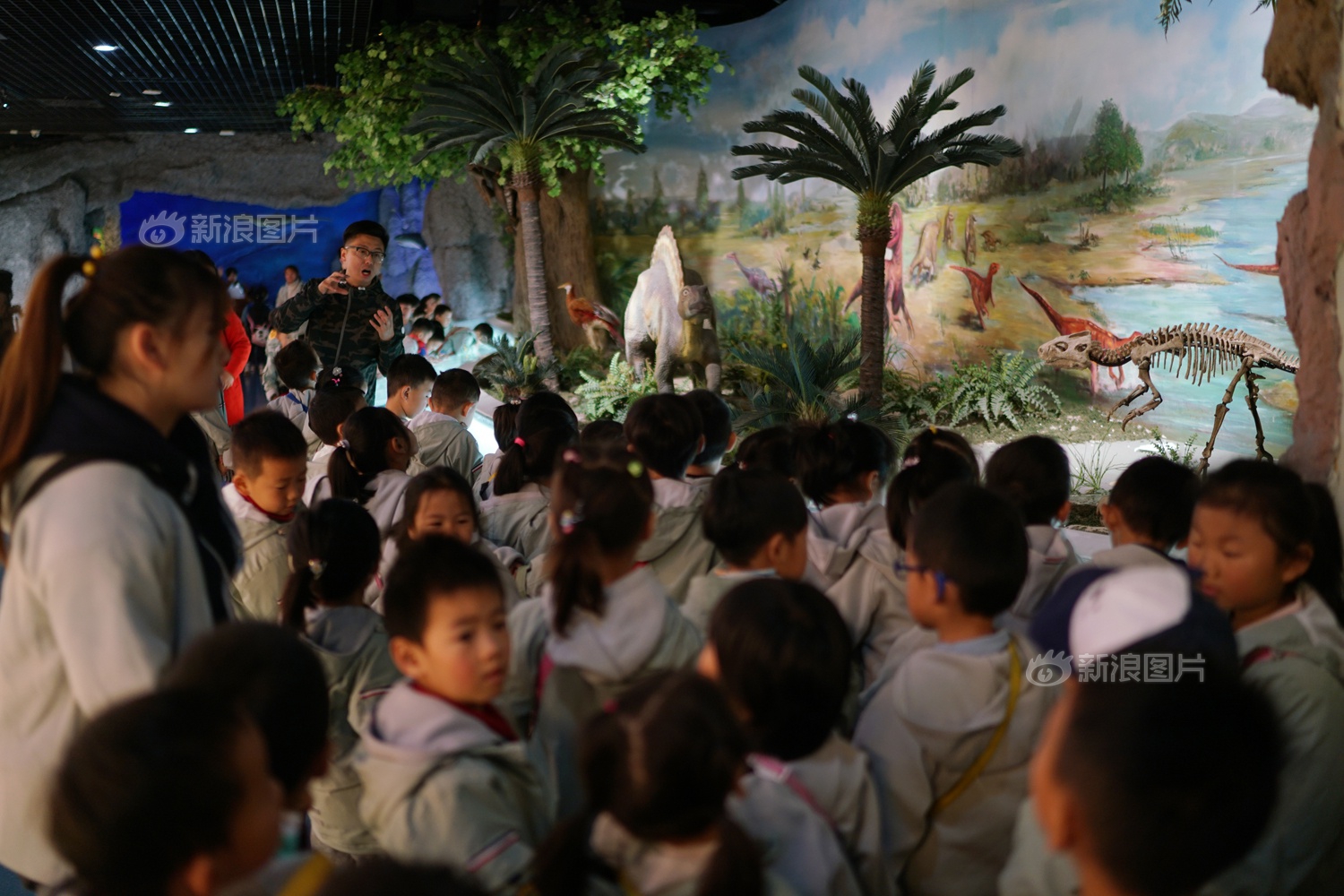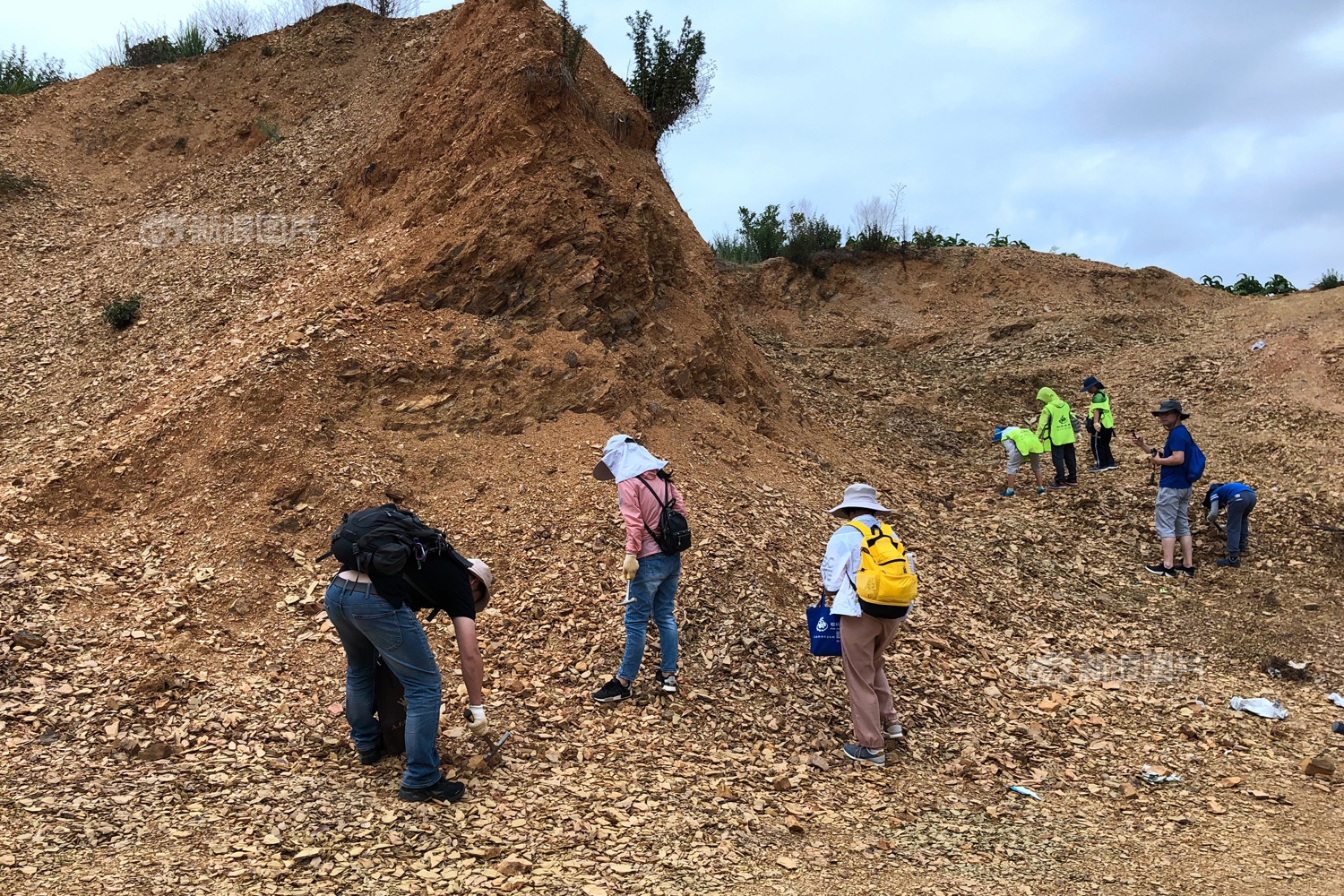Figure | Text Stamlee
It has been about 4.6 billion years since the birth of the earth. About 3.8 billion years ago, single cell life appeared. This kind of low-level organism lasted for more than 2 billion years, and finally evolved into a multicellular organism about 600 million years ago. Do you know what strange creatures existed and lived on the earth in the 600 million years of history? What's the difference between them and modern creatures? How did they evolve and become what they are today? What once thriving creatures have gone extinct? Perhaps only fossils can answer these questions - the most intuitive evidence left by life on the earth in the course of development.
People like to call him "Lao Zuo" or "Zuoshan Ling". But his surname is not Zuo, and his ID card is called "Tang Yonggang". Zuoshan Mountain, located in Shandong Province, is a mountain with dinosaur footprints. It was also 15 years ago that Tang Yonggang first observed the dinosaur footprint fossil site. Since then, Lao Zuo has fallen in love with dinosaur footprint fossils. He registered the online name "Zuoshanling", and has successively discovered many dinosaur footprint fossil groups, including various dinosaur footprints, pterosaur footprints, and bird footprints. He discovered four parallel tracks of small dinosaurs in the Tancheng Lizhuang dinosaur footprint fossil group, which is the first discovery in the world and confirms the social life characteristics of small dinosaurs. In 2014, he and dinosaur expert Xing Lida jointly wrote China's best-selling popular science book on fossils, Common Paleontological Fossils in China. Now, it has reached the fourth edition. In the introduction column of the author, "Lao Zuo" is called "famous fossil hunter"
The term "fossil hunter" originated from Europe in the 18th century. Paleontology dates back more than 100 years to England. China started late, and did not sprout until the middle of the 19th century. At the earliest time, people called the person who found fossils "fossil hunter". Chinese folk science popularization behavior of looking for fossils first appeared around 2000. A website called "Fossil Net" appeared at the beginning of this century, gathering the first group of "fossil enthusiasts" in China. They used their spare time and limited knowledge of geology and paleontology to search and distinguish, and then went online to exchange and learn. Later, the Institute of Paleontology of the Chinese Academy of Sciences organized many more "amateur" trainings, so many years later, a group of "semi professional" geological archaeologists emerged, Lao Zuo was one of them. Today, there are a large number of nature museums in all parts of China. People want to find a piece of fossil, but it is not as far away as they think.
However, in Lao Zuo's eyes, not every enthusiast can be called a "fossil hunter". In his own words, he summarized the abilities that "fossil hunters" should have. 1、 Have a certain knowledge of geology and paleontology, and have a certain ability to identify fossils; 2、 There are independently discovered and collected fossil sites; 3、 Have the ability to preliminarily repair and repair fossils; 4、 Cooperate with professional paleontology researchers to discover and provide new scientific research specimens and provide origin information for professional research. 5、 We can contribute to the popularization of fossil science in China.
Lao Zuo's career is painting, and his time is relatively free. He combines sketching outside with field discovery, so that every time he goes out, he becomes very motivated. A large area of Cambrian strata is exposed in the mountains in the west of Linyi. From 15 years ago, Lao Zuo rode his bicycle to the mountains dozens of miles away when he was free. In the spring of 2007, he found the first complete trilobite fossil in Feixian County, Shandong Province, which opened the prelude to a special burial fauna of the middle Cambrian in Shandong Province, China. After hundreds of investigations, more and more discoveries were made. Under the guidance of Professor Yuan Jinliang and researcher Huang Diying from the Nanjing Institute of Geology and Palaeontology, Chinese Academy of Sciences, Lao Zuo found more new species or complete trilobite fossils that appeared for the first time in China, as well as other kinds of arthropod fossils, and even the Cambrian marine overlord - strange shrimp.
In China, there are only a few experts specializing in paleontology. It is almost impossible to rely on only a few experts to measure the land of China with their feet, so that there will be a large number of wild discoveries. Therefore, fossil hunters all over the country are still important. In recent years, they have made a large number of discoveries around their lives, which has also brought twice the result with half the effort to the study of Chinese paleontology. In the past 15 years, Lao Zuo's footprints have been almost all over the fossil producing areas and paleontological fossil museums in China. The fossil dragonfly of the new species is named "Tang's Aktasi fly" after Tang Yonggang.
Li Gang became famous in the fossil circle because of his strong practical ability. A fossil can not be found, preserved, and finally displayed without a process: cleaning, also known as fine trimming. Li Gang is good at refining fossils.
Li Gang's home is in Liupanshui, Guizhou, less than three hours' drive from Guanling Biota, China's richest fossil producing area. Ten years ago, Li Gang was an expert in off-road vehicle modification. Like most people, he did not know what a fossil was? Until a chance, he saw the exquisite fossil collection at the Guangzhou Gem Exhibition, and could not move at once. After consulting the experts present, he learned that his hometown was a famous fossil producing area. After that, Li Gang moved his family to Guanling, which is rich in sea lilies, ichthyosaurs and other fossils, and began his own journey of discovery.
The more you learn, the more interesting it is. The more you find it, the more addictive it is. Li Gang has transformed his minivan into a station wagon. I have been driving around in the mountains for a long time, and food and shelter are all in the car.
In 2015, Li Gang saw a German fossil repair studio for the first time, which opened another fossil door for him. There are more than ten kinds of pneumatic pens, as well as microscopes and sandblasting guns that simulate the effect of desert weathering... For more than a year, Li Gang worked in this studio on a voluntary basis, learning while doing.
Now, Li Gang has also built his own fossil restoration studio in his home in Liupanshui, and has modified sandblasting equipment by himself, ranging from a trilobite to a dinosaur skeleton. Every day, museums or collectors send raw stones from all over the country to him for restoration.
When he met Zhu Lei, he was taking a group of children to visit the Nanjing Geological Museum. The children kept raising questions. "How old are the earliest human beings today?" "What is sedimentary rock?" "What are the earliest fossils?" "Where are there fossils in Nanjing?"
Among the numerous fossil hunters, Zhu Lei is one of the few individuals who combine the search for fossils with children's science popularization. Zhu Lei loved collecting all kinds of stones when he was young, and he graduated from the University of Geosciences successfully. During his school days, he used his annual holiday to look for fossils in the mountains. After work, with a certain source of income, you can go farther to find stones. For more than 10 years, Zhu Lei has traveled all over the country in search of stones.
He has two cars, one of which is an off-road vehicle, and the body has been scarred. Zhu Lei said that this is for running outdoors and looking for fossils. In recent years, as long as holidays, he is outside. When not married, run alone; When you get married, take your wife with you; When the first child is born, a family of three goes out; After the birth of the second child, four people were in a car. Since he found that his children are also born with stones and always ask all kinds of questions about stones, Zhu Lei hopes that more children can have fun and learn knowledge in the process of exploring nature. As a result, three years ago, Zhu Lei set up a special cultural company related to natural science popularization, and regularly organized some science popularization activities and geological study tours. In addition to letting children visit museums with professional knowledge and popularizing geological knowledge indoors, they will also lead children and parents to real mountains on holidays to conduct field scientific research on geology, observe mountain profiles, understand rock structures, and even guide children to collect and discover fossils, rocks and minerals by themselves. In this process, they will teach them relevant scientific knowledge.
Each piece of paleontological fossil is very precious. We should not only understand it, but also protect it. Before starting each geological research activity, Zhu Lei will make an agreement with all participants that if rare varieties or specimens with scientific research value are excavated, they will be transferred to scientific research institutes or museums for research, but he will promise that if this specimen is found, it will be marked with the name of the discoverer. Zhu Lei said that this is also a part of learning, which can make children have a sense of responsibility, achievement and more active to do meaningful things when they participate in activities to learn scientific knowledge.
"From Cambrian to Ordovician, from Devonian to Cretaceous, from volcanic rock to sedimentary rock, from a piece of ammonite to a piece of plant leaf... Although only a few hours or days, the children's journey ranges from tens of kilometers to hundreds of miles, their thinking can span tens of millions of years. I hope that through science popularization, children's world outlook can be changed so that they can better understand our planet. I believe that such a pattern and concept will benefit them all their lives, "said Zhu Lei.




